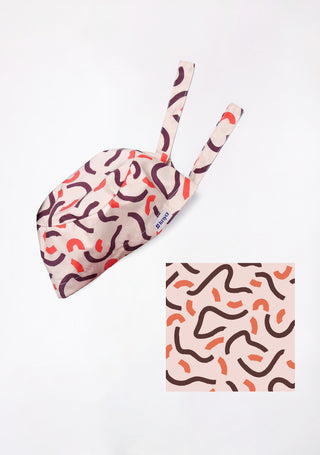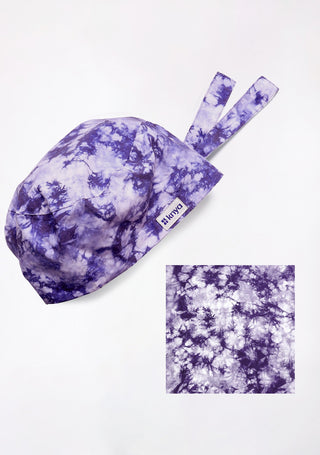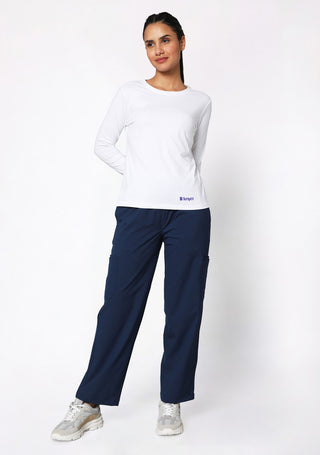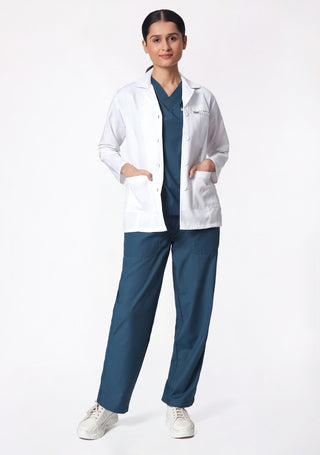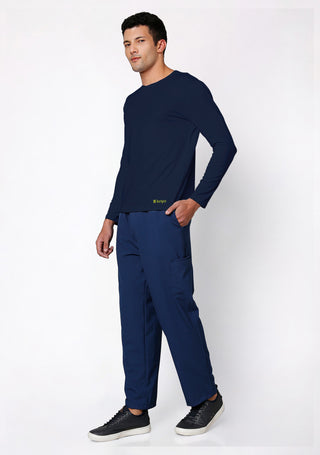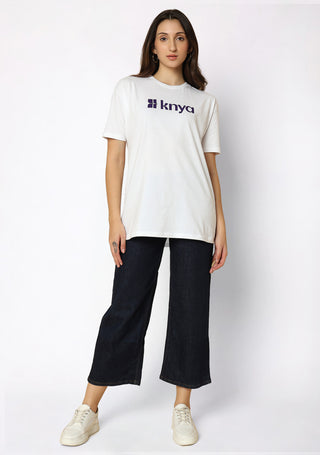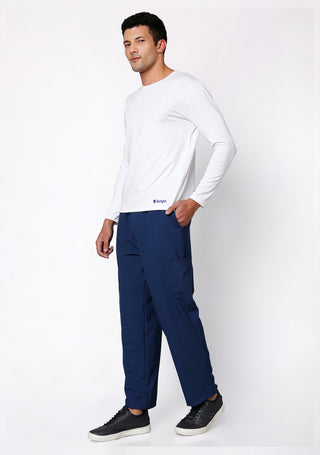Think about the last time you wore an uncomfortable outfit ,how it drained your energy and ruined your mood. All you can think about is how to get out of this outfit as soon as possible. Doing critical hospital work in uncomfortable scrubs is unbearable. So, what's the solution ?Find the right apparel for your work , it's as simple as that.
The Physical Toll of Long Medical Shifts
Fatigue in the medical profession is also physical along with mental. Mental fatigue is mostly due to stress and work overload , but physical fatigue is from being on one’s feet for hours.poor clothing choice can always add to it.Tight, stiff scrubs can restrict movement , also low breathability can trap heat and sweat which gradually leads to stinking in cloths.All this things can be erased by choosing the right pair of cloths.
For our male healthcare professionals, we offer a wide range of comfortable and stylish scrubs for men, designed to enhance both comfort and professional image
Comfort Comes from Fabric
Breathability , stretch and softness are the basic things that root for comfort and it all comes from the perfect fabric.
Breathable Fabrics Help Regulate Body Temperature
One of the major contributors to fatigue is overheating. Cotton blends and moisture-wicking synthetic fabrics like polyester-spandex combinations are popular choices in modern scrubs. They allow heat and sweat to escape, keeping the body cooler and minimizing exhaustion from internal heat buildup.
Stretch Enhances Movement, Reducing Muscle Strain
Scrubs with 2-way or 4-way stretch allow healthcare professionals to move naturally whether bending to check on a patient or reaching for supplies. Without the resistance of stiff fabric, muscles remain more relaxed, reducing early onset of fatigue or soreness.
Soft Fabrics Minimize Skin Irritation
Scratchy or rough scrubs may not seem like a big deal at first, but over the course of a 12-hour shift, they can cause skin irritation and discomfort especially in humid or sweaty conditions. Comfortable fabric contributes to a calmer, less distracted workday.
Fit Matters:
Fit doesn’t mean too tight or body-hugging nor does it mean loose and baggy. The right fit is all about well-measured comfort that allows movement, supports airflow, and helps you perform at your best. Bad fittings can restrict movement or require constant readjusting. Both cause unnecessary energy expenditure throughout the day.
Key Fit Features to Consider:
-
Shoulder Seams: Should align with your shoulder bone to avoid pulling.
-
Sleeve Length: Should allow full arm movement without rolling up.
-
Waistbands: Adjustable or elastic waistbands stay in place without digging into the skin.
- Tapered Pants: Prevent tripping or dragging fabric during fast-paced movements.
For healthcare professionals seeking both comfort and professionalism, our premium lab coats are the perfect choice.
Pockets with Purpose:
It might seem unimportant but well-placed and spacious pockets can reduce a lot of unnecessary motion. Constantly walking to grab pens, scissors, or a notepad? That’s added strain. Scrubs with:
- Deep hip pockets
- Secure chest pockets
- Hidden inner pockets for valuables can reduce back-and-forth movement, which indirectly saves energy.
Footwear:
Even with perfect scrubs, your body can’t withstand long hours without the right support underfoot. Quality medical footwear:
- Distributes body weight evenly
- Supports the arch and heel
- Absorbs shock
- Prevents slippage on hospital floors

